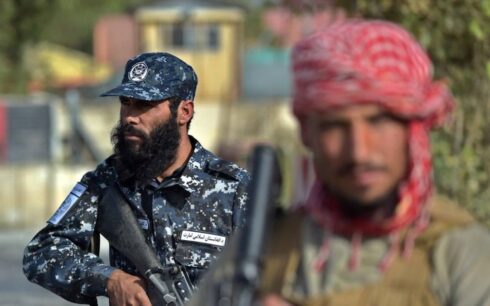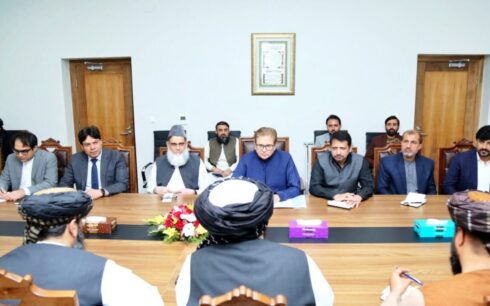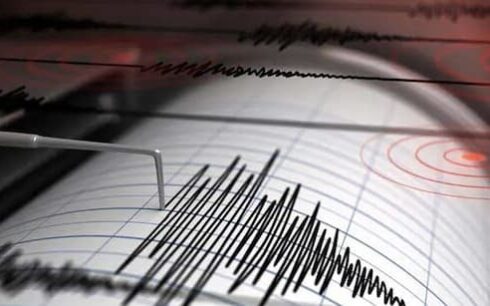Iranians began voting on Friday for a new president following the death of Ebrahim Raisi in a helicopter crash, choosing from a tightly controlled group of four candidates loyal to the supreme leader, amid growing public frustration.
Polls opened at 8 a.m. (0430 GMT) and will close at 6 p.m. (1430 GMT), though voting often extends as late as midnight.
The election coincides with escalating regional tensions due to the war between Israel and Iranian allies Hamas in Gaza and Hezbollah in Lebanon, as well as increased Western pressure on Iran over its advancing nuclear program.
While the election is unlikely to bring a major shift in the Islamic Republic’s policies, its outcome could influence the succession to Ayatollah Ali Khamenei, Iran’s 85-year-old supreme leader, in power since 1989.
Khamenei called for a high turnout to offset a legitimacy crisis fueled by public discontent over economic hardship and curbs on political and social freedoms.
“The durability, strength, dignity and reputation of the Islamic Republic depend on the presence of people,” Khamenei told state television after casting his vote. “High turnout is a definite necessity.”
Voter turnout has plunged over the past four years, as a mostly youthful population chafes at political and social restrictions.
Manual counting of ballots means the final result is expected to be announced in two days, though initial figures may come out sooner.
If no candidate wins at least 50 percent plus one vote from all ballots cast, including blank votes, a runoff between the top two candidates will be held on the first Friday after the election results are declared.
Three candidates are hardliners and one is a low-profile comparative moderate, backed by the reformist faction that has largely been sidelined in recent years.
Critics of Iran’s clerical rule say the low and declining turnout in recent elections shows the system’s legitimacy has eroded. Just 48% of voters participated in the 2021 election that brought Raisi to power, and turnout hit a record low of 41% in a parliamentary election three months ago.
The next president is not expected to usher in any major policy shifts on Iran’s nuclear program or support for militia groups across the Middle East, since Khamenei makes all top state decisions. However, the president runs the government day-to-day and can influence the tone of Iran’s foreign and domestic policy.
A hardline watchdog body made up of six clerics and six jurists aligned with Khamenei vets candidates. It approved just six from an initial pool of 80. Two hardline candidates subsequently dropped out.
Prominent among the remaining hardliners are Mohammad Baqer Qalibaf, parliament speaker and former commander of the powerful Revolutionary Guards, and Saeed Jalili, a former nuclear negotiator who served for four years in Khamenei’s office.
The sole comparative moderate, Massoud Pezeshkian, is faithful to Iran’s theocratic rule but advocates détente with the West, economic reform, social liberalization, and political pluralism. His chances hinge on reviving the enthusiasm of reform-minded voters who have largely stayed away from the polls over the past four years after previous pragmatist presidents brought little change. He could also benefit from his rivals’ failure to consolidate the hardline vote.
All four candidates have vowed to revive the flagging economy, beset by mismanagement, state corruption, and sanctions reimposed since 2018, after the United States withdrew from Tehran’s 2015 nuclear pact with six world powers.
In recent weeks, Iranians have widely used the hashtag #ElectionCircus on social media platform X, with some activists at home and abroad calling for an election boycott, arguing that high turnout would legitimize the Islamic Republic.





